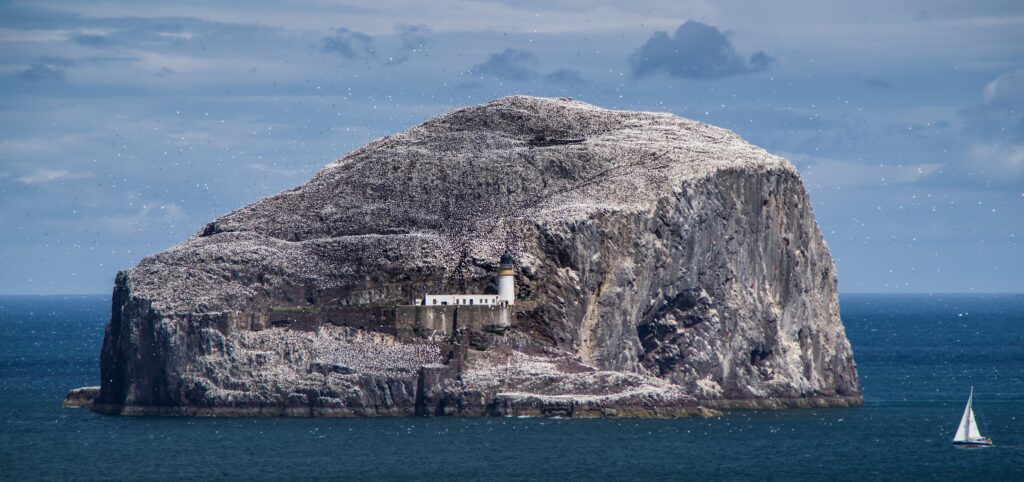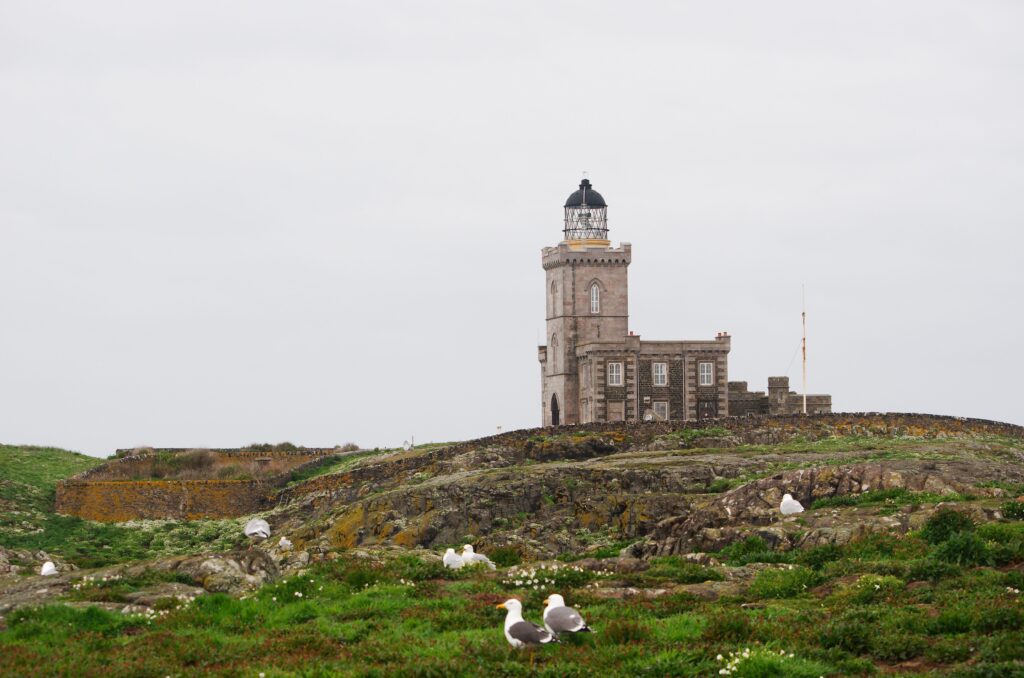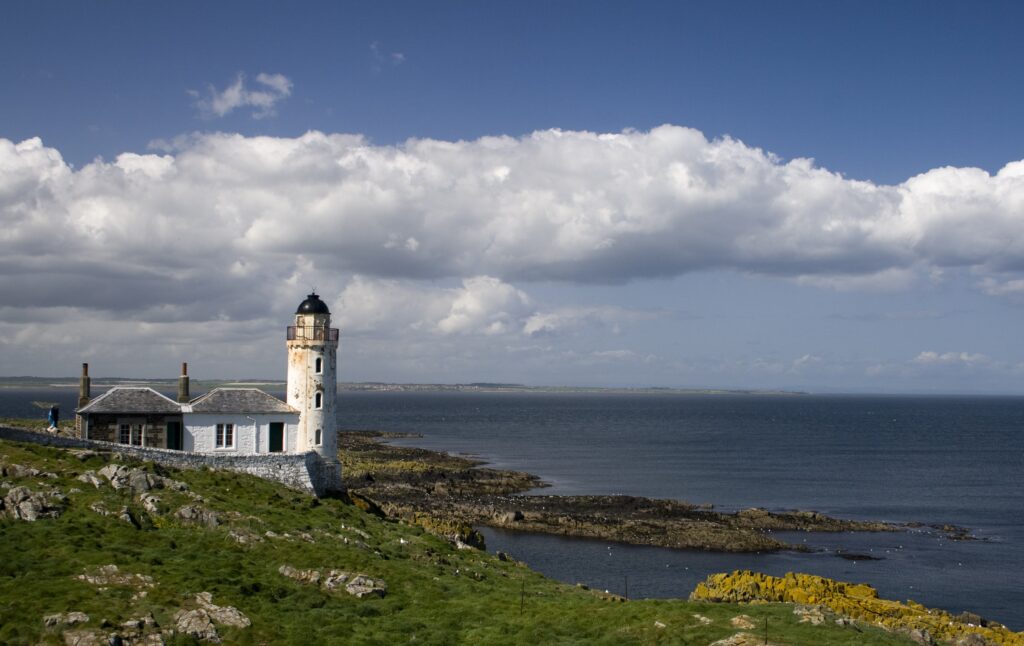The Harbour, Harbour Terrace, North Berwick, EH39 4SS
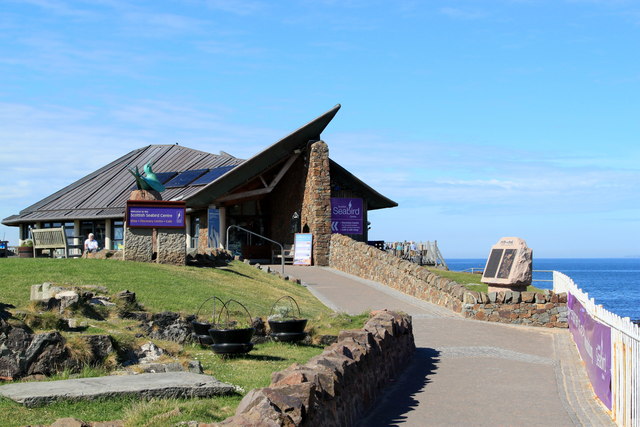
©Edward McMaihin, Geograph
The Scottish Seabird Centre in North Berwick is a conservation charity and visitor centre, dedicated to the research and protection of seabird wildlife on The Bass Rock, as well as across the Firth of Forth, and further afield. The most iconic are the local colonies of puffins, pelagic seabirds with brightly coloured beaks that feed primarily by diving in the water. These unique birds can be found on many of the uninhabited islands in the Firth of Forth.
The Scottish Seabird Centre was opened by a team of local ornithologists in May 2000. Their goal was to use technologies, such as webcams, to enable locals to witness life on the surrounding seabird colonies in the Firth of Forth without disturbing the wildlife. The Centre not only has a role in sharing knowledge and interest for the marine wildlife, but also participates in its conservation by running several projects like recruiting volunteers to protect the puffins from invasive plant species on the island of Craigleith and cleaning the North Berwick beaches.

©Mark Anderson, Geograph
The webcams in the Seabird Centre facilitate viewing from afar a kittiwake colony in Dunbar, the gannets of Bass Rock, and the puffins of Craigleith Island and the Isle of May. The Centre is also the departure point for boat trips to some islands of the Firth of Forth which are home to many seabird species (Bass Rock, Craigleith, the Lamb and the Isle of May).
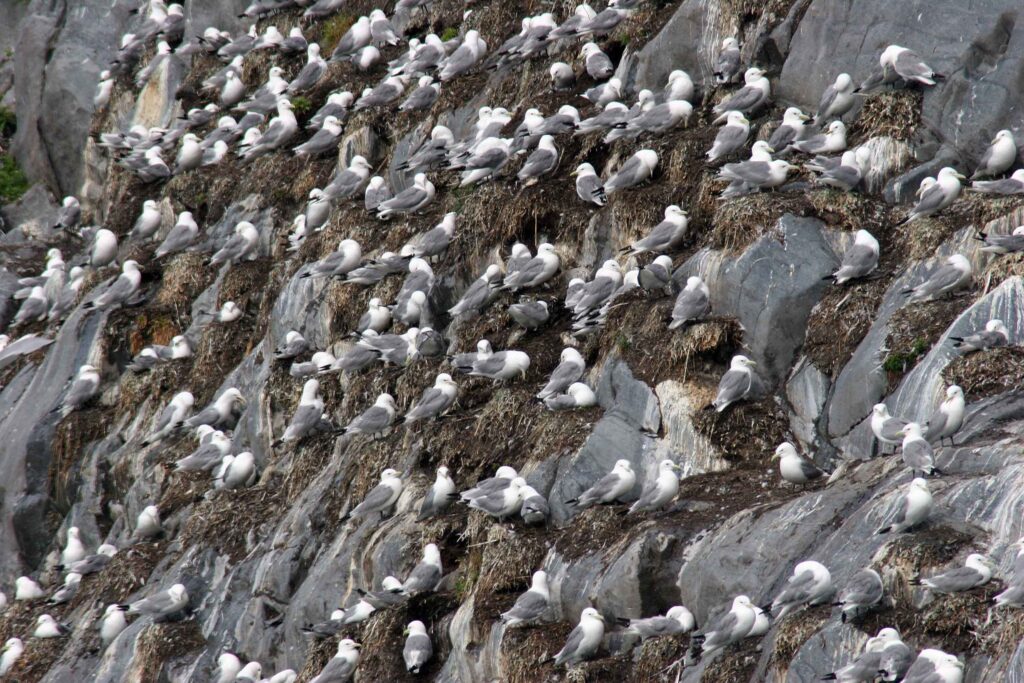
©Julie St. Louis, PIXNIO
Sources:
Individual Researcher Walk; Scottish Seabird Centre (webpage)
Additional Links:
- https://www.seabird.org/ (The Scottish Seabird Centre website for links to the webcam and current conservation projects)

